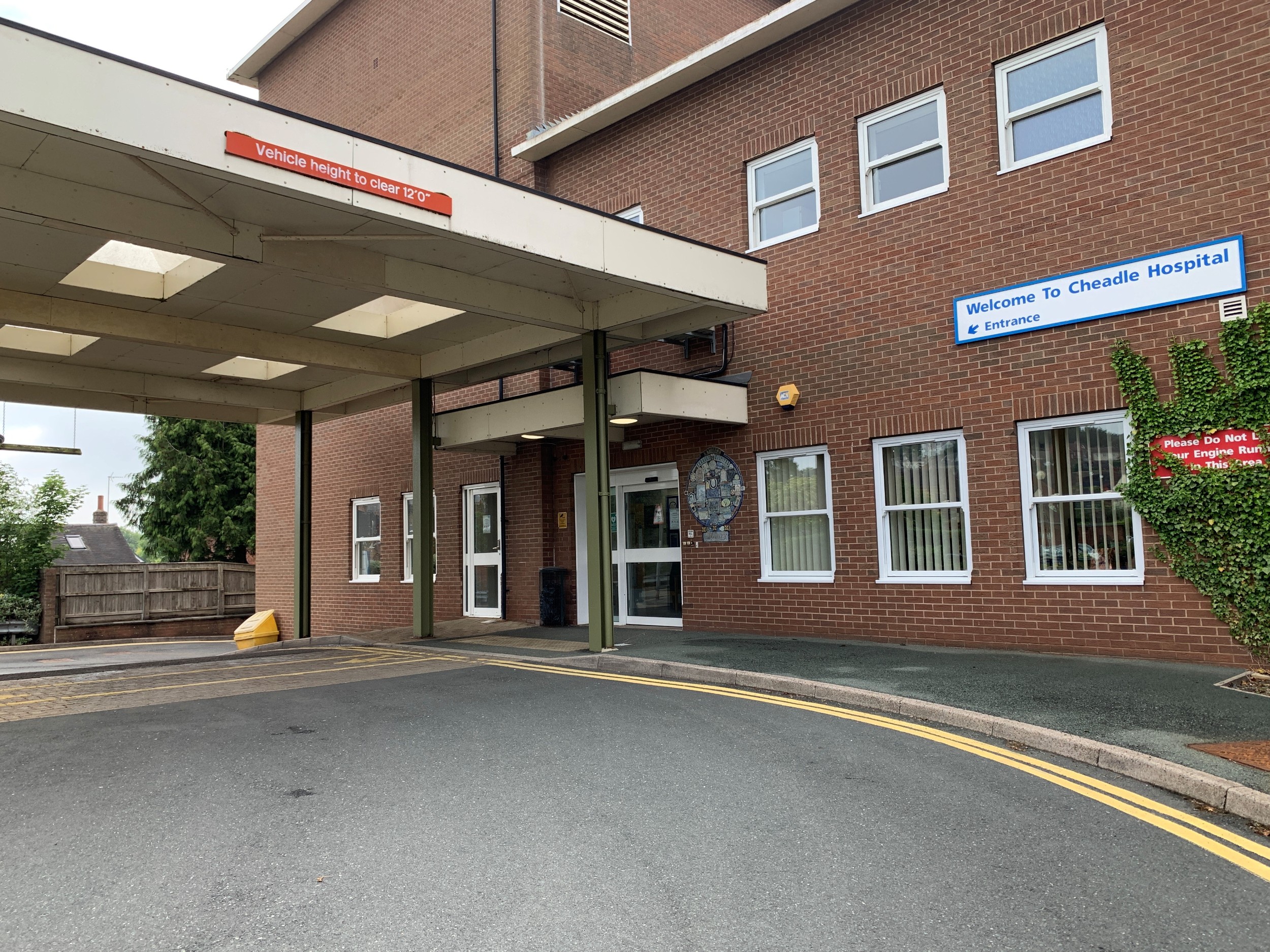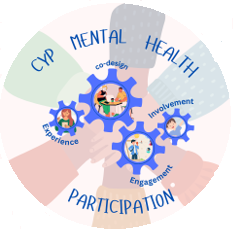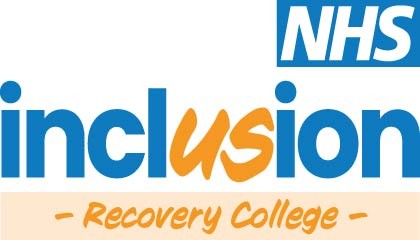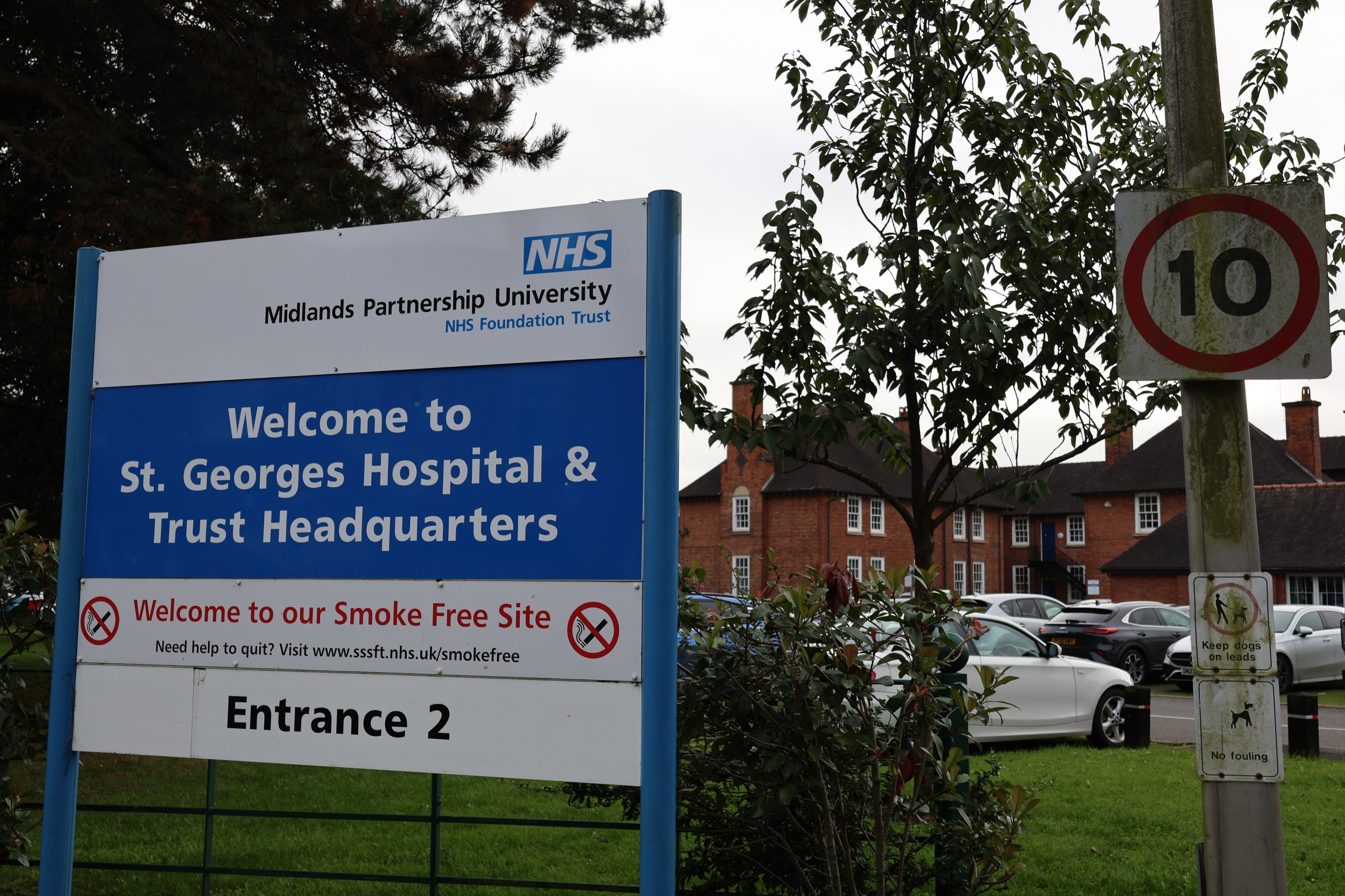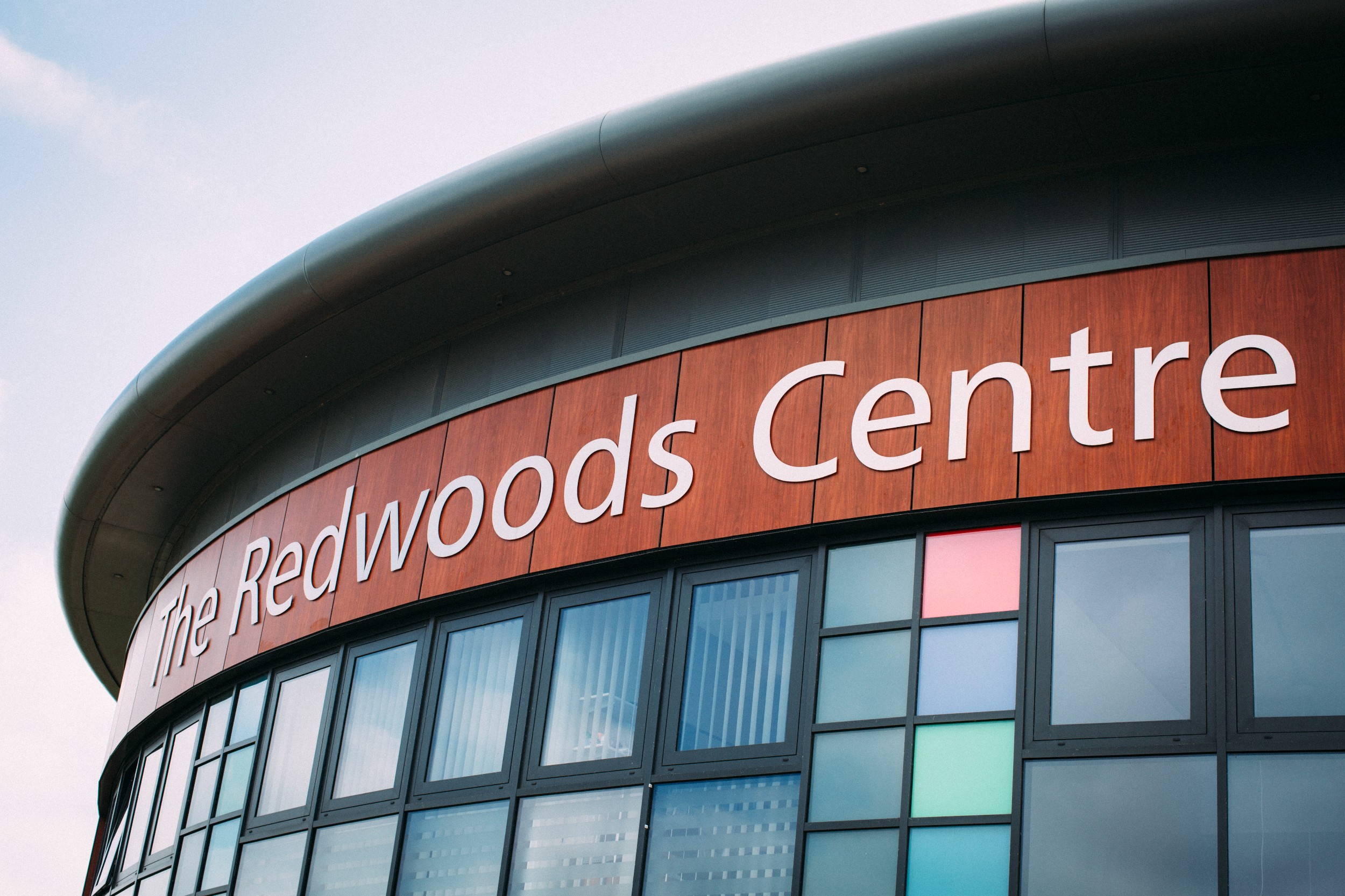The Chronic Pain Management Service (CPMS) is a multi-disciplinary service made up of a team of healthcare professionals who specialise in managing persistent pain. Our team includes Physiotherapists, a Pharmacist, a Nurse, Clinical Psychologists and Pain Consultants.
CPMS assesses patients aged 18 years and over who are experiencing persistent pain. This pain can be localised or widespread and may or may not be related to an underlying condition.
Our team aims to provide patients with prompt assessments, allowing us to identify the most appropriate plan for their care. We work to support patient in their understanding of their condition, including offering the most up-to-date advice and information in relation to managing persistent pain.
We have clinics located around Staffordshire and we offer consultations by telephone, video, or face to face. This website aims to provide information about your pain condition, along with self-management strategies.


